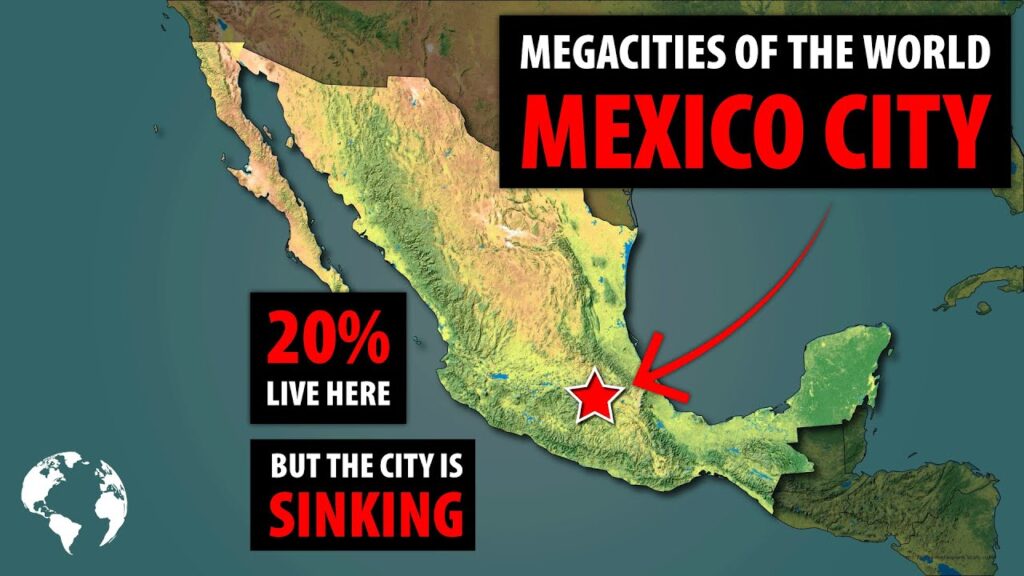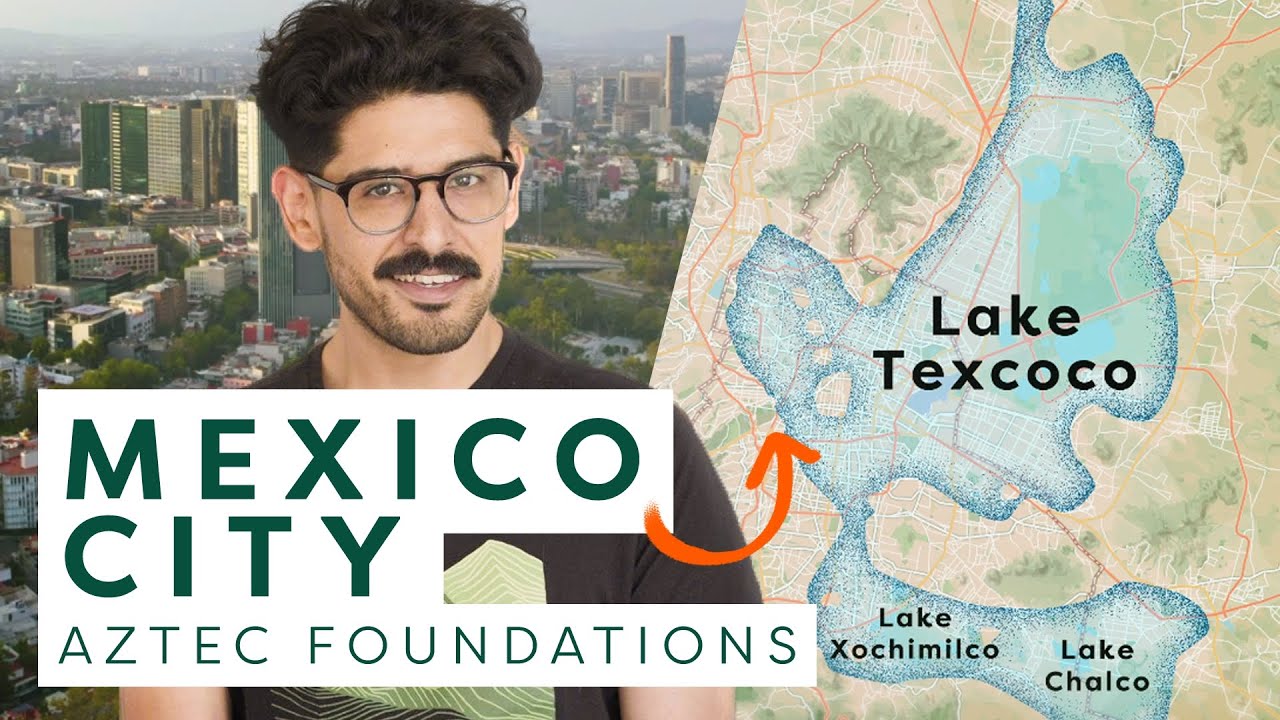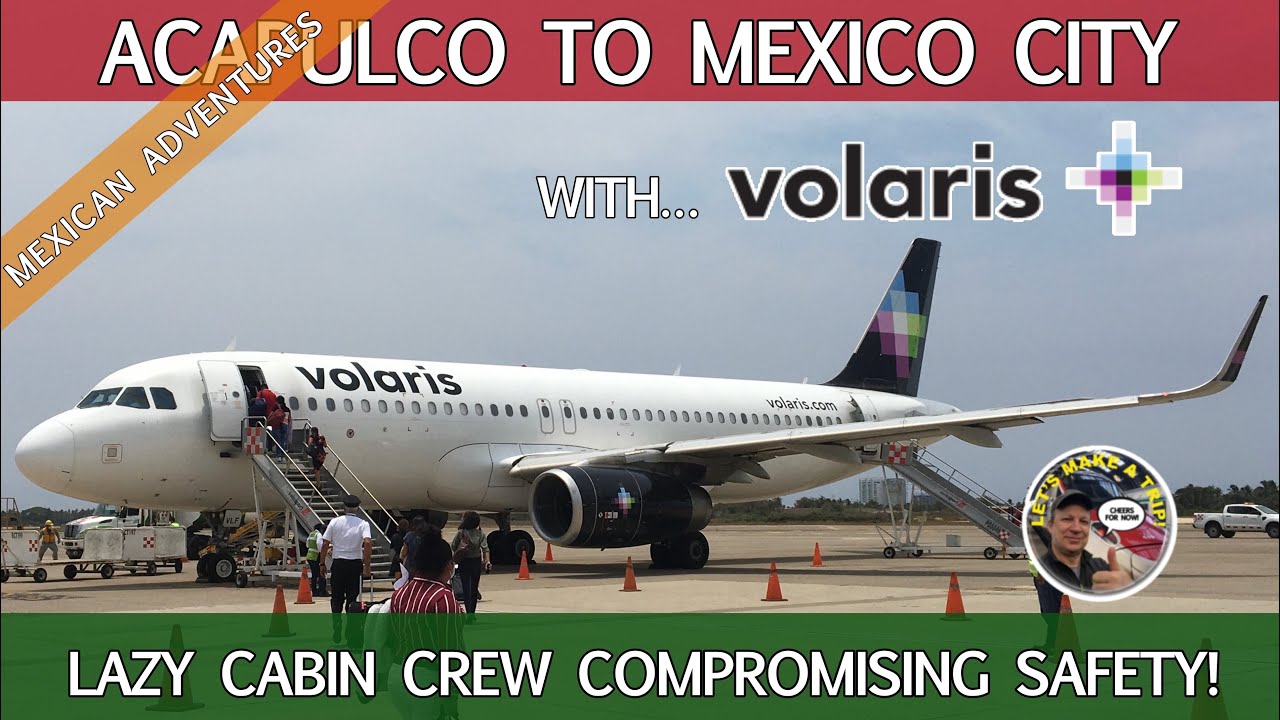Exploring the Challenges of Mexico City’s Urban Expansion
Mexico City, one of the largest cities in the world, is a bustling metropolis that exemplifies the complexities and challenges of urban expansion. As this vibrant city continues to grow, it faces significant hurdles that not only affect its development but also have profound implications for travel and adventure within its bounds. Understanding these challenges is crucial for anyone looking to explore the hidden gems and cultural depths of Mexico City.
First and foremost, the rapid urban expansion has led to an increase in traffic congestion and pollution. With millions of vehicles on the road, travelers often find themselves spending a significant amount of time navigating through the city. This congestion not only makes travel cumbersome but also impacts the air quality, which can deter the outdoor activities that adventurers seek. Despite these hurdles, the city’s extensive public transportation network, including the Metro and Metrobús, offers a viable alternative for exploring the city’s vast landscapes.
Another challenge is the uneven development and sprawl, which have resulted in a stark contrast between different areas of Mexico City. While some neighborhoods boast modern infrastructure and amenities, others struggle with basic services and safety concerns. This disparity affects where travelers can safely explore and immerse themselves in the local culture. It emphasizes the need for responsible tourism practices that respect and contribute positively to local communities.
Water scarcity and management issues also pose significant challenges for Mexico City’s urban expansion. As the city grows, the demand for water increases, putting stress on already limited resources. This issue is exacerbated by the city’s geographical location and the sinking of land due to the over-extraction of groundwater. For adventurers looking to explore the natural beauty surrounding Mexico City, understanding the water crisis is key to appreciating the broader environmental challenges facing the region.
These challenges, coupled with the city’s dynamic culture and history, make Mexico City a unique destination for travel and adventure. Navigating these issues requires patience, planning, and a deep appreciation for the complexities of urban growth. Despite the difficulties, the city’s charm and resilience offer an unparalleled experience for those willing to delve into its depths.
The Struggle with Air Pollution in Mexico City
Mexico City’s air quality is a significant concern for residents and travelers. Nestled in a valley surrounded by mountains, this sprawling metropolis faces a unique challenge with air pollution. The geographical setting, combined with the dense population and high volume of vehicles, contributes significantly to its air quality issues. The city’s struggle with pollution is not just a modern problem; it has historical roots, tracing back to when it was the Aztec capital, Tenochtitlán. The rapid urbanization and industrial growth over recent decades have only exacerbated the situation.
One of the primary sources of air pollution in Mexico City is vehicular emissions. With millions of cars on the road, the exhaust contributes to a majority of the air contaminants. Programs like Hoy No Circula (No Drive Days) have been implemented to tackle this issue. Under this program, the use of vehicles is restricted based on their license plate numbers on certain days of the week, aiming to reduce the overall exhaust emissions. Despite these efforts, the sheer number of vehicles and the presence of older cars that do not comply with emission standards keep the pollution levels high.
Another significant factor is industrial emissions. Although the city has seen a shift towards a service-dominated economy, industrial activities still contribute a substantial amount of pollutants. Factories and power plants in and around Mexico City release a variety of harmful substances into the air, including particulate matter and sulfur dioxide. Regulations have been put in place to control these emissions, but enforcement and compliance remain challenging.
The impact of air pollution on health is a major concern. Residents and visitors alike may experience symptoms such as eye irritation, coughing, and difficulty breathing, especially on days when pollution levels peak. Long-term exposure to poor air quality can lead to more serious health issues, including respiratory and cardiovascular diseases. It’s a factor that travelers, especially those with pre-existing health conditions, need to consider when planning their adventures in Mexico City. While the city offers much in terms of culture, history, and cuisine, understanding and mitigating the risks associated with air pollution are essential steps in safeguarding one’s health during the visit.
Water Scarcity: A Growing Concern for Mexico City
Water scarcity in Mexico City is evolving into a critical issue that not only impacts local residents but also poses a significant challenge for tourists and adventurers exploring this vibrant metropolis. The city, built on an ancient lakebed, has been facing a paradoxical situation; surrounded by water yet struggling to meet its drinking water needs. This growing concern stems primarily from over-exploitation of aquifers, inadequate infrastructure, and the effects of climate change which are causing more frequent and severe droughts.
The consequences of water scarcity in Mexico City are multifaceted. On one hand, it affects the daily lives of millions of its residents, with many neighborhoods receiving water only a few times a week. This situation forces people to depend on water delivery trucks, often at a much higher cost. On the other hand, for travelers, this scarcity could translate into limited water availability in hotels, altered schedules for attractions that use large quantities of water, and even changes in the local cuisine and food preparation practices.
Tourists planning to visit Mexico City should be aware of the water scarcity situation and consider sustainable travel practices. This includes staying in accommodations that implement water-saving measures, minimizing water usage, and supporting local businesses that are conscious of their water consumption. Being mindful of water use not only contributes to a more sustainable visit but also enhances the experience by fostering a deeper connection and understanding of the challenges faced by the local community.
Adventurers and tourists alike are encouraged to explore the rich culture and history of Mexico City with respect and consideration for its natural resources. By doing so, visitors can enjoy the myriad of experiences the city has to offer, from its bustling streets to its ancient ruins, all while contributing to a more sustainable and responsible tourism industry in Mexico. The issue of water scarcity is a shared responsibility, and mindful travel practices are essential in ensuring that Mexico City can continue to welcome visitors for generations to come.
Addressing Transportation and Traffic Congestion
Travel and adventure in Mexico offer an enthralling experience, with its rich culture, stunning landscapes, and vibrant cities. However, navigating through Mexico can sometimes be challenging, especially when dealing with transportation and traffic congestion. Understanding the various options available and planning ahead can significantly enhance your travel experience.
Public transportation in Mexico is diverse, comprising buses, metros, and taxis, each serving as a viable option depending on your destination. For long-distance travel between cities, buses are often the most economical and convenient choice. They range from luxurious coaches with amenities like Wi-Fi and reclining seats to more basic options. Meanwhile, major cities such as Mexico City boast an extensive metro system, providing a fast and affordable way to avoid street-level traffic congestion.
Ride-sharing apps have gained popularity across Mexico, offering an alternative to traditional taxis and public transportation. Services like Uber and Didi provide convenient, safe, and often more cost-effective travel options. The ability to track your route and fare in real time adds a layer of security and transparency that traditional taxis may lack. However, it’s important to be mindful of dynamic pricing during peak hours, which can increase costs.
For those looking to explore off the beaten path or at their own pace, renting a car might be the best choice. It offers freedom and flexibility, particularly for visiting areas that are not easily accessible by public transport. However, travelers should be aware of Mexico’s traffic laws and be prepared for different driving conditions. Additionally, parking in crowded cities can be a challenge and often comes with a fee.
Navigating Mexico’s traffic congestion requires patience and savvy planning. To avoid the busiest times, try to schedule travel during off-peak hours. Early morning or late evening can be ideal for beating the traffic in major cities. Moreover, leveraging technology through apps that provide real-time traffic updates can help in planning the most efficient routes. By considering these aspects, your journey through Mexico can become as seamless and enjoyable as the destinations you’re exploring.


